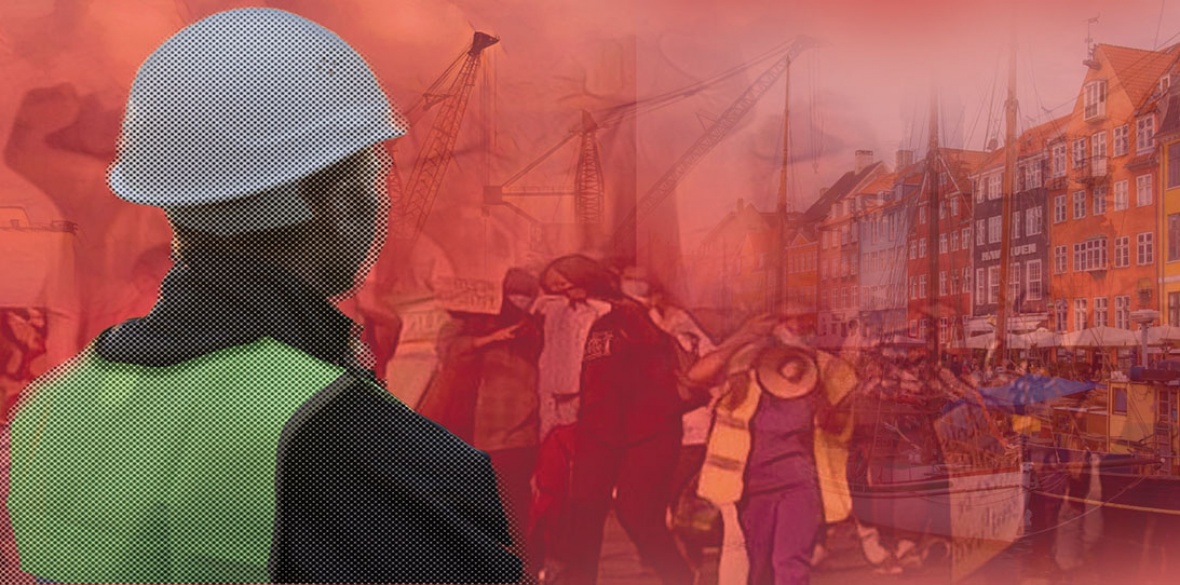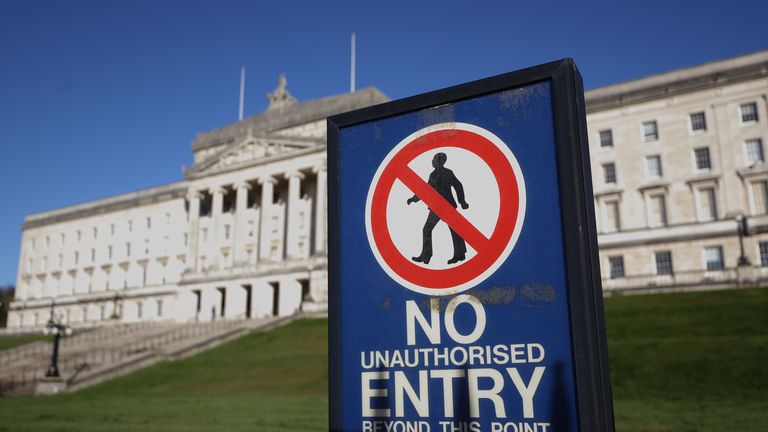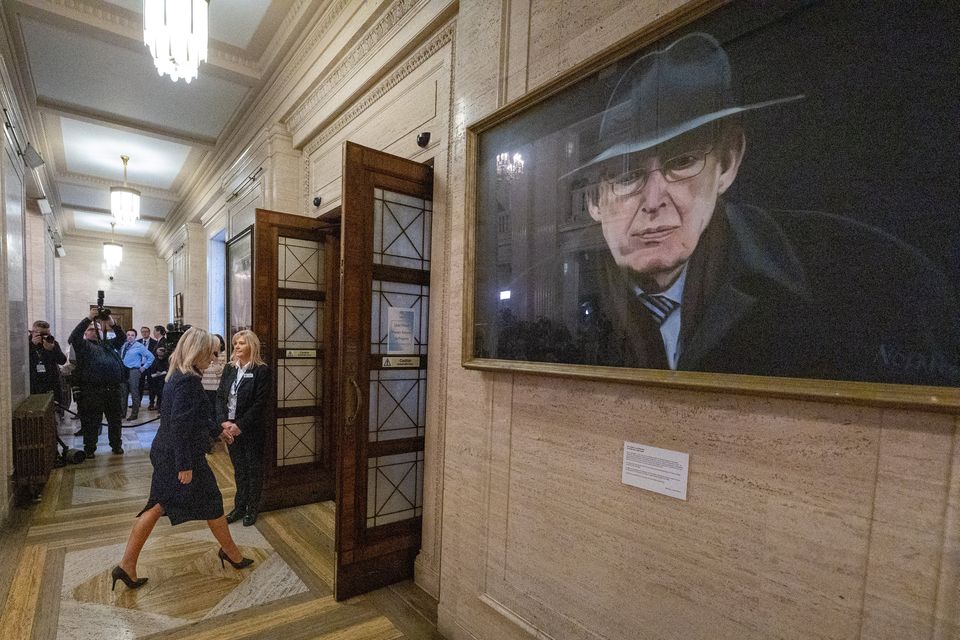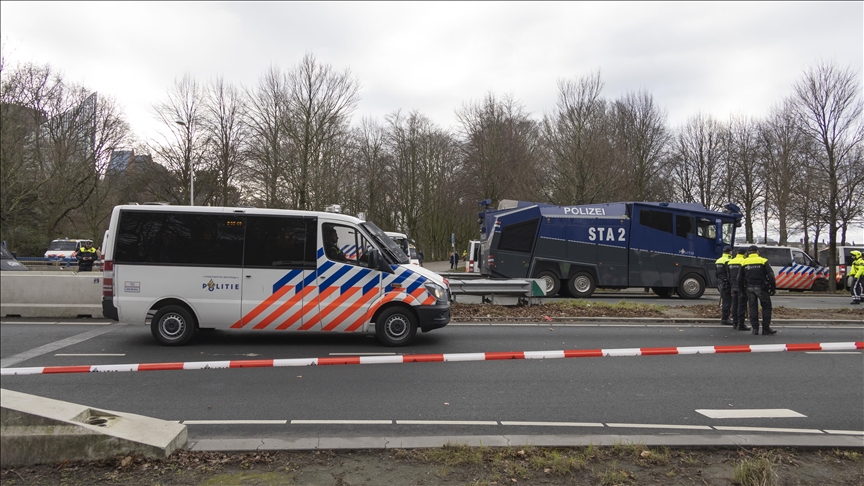INTERNATIONAL VIEWPOINT
The state of Chiapas is one of the most landlocked and poor in Mexico. So when, on January 1, 1994, the Zapatista Army of National Liberation (EZLN, founded in 1983) took control of several towns by force, it was impossible to imagine the impact of this insurrection. However, it would mark the entire second half of the 1990s and largely participate in the redefinition of the radical left on a global scale.
The radical left was then at a critical moment in terms of programme and strategy. The fall of the Berlin Wall in 1989 definitively ended the period of the so-called “real communism” model of the former Soviet bloc. Neo-liberalism seemed to be triumphant and, despite its absurdity, the theory of the “end of history” predicting an omnipresent modern capitalist model under the American banner was invading the intellectual space.
The date chosen by the Zapatistas was directly linked to this neoliberal offensive, since it marked the entry into force of NAFTA, the great common market of North America desired by George Bush, with the anchoring of Mexico to American expansionism. As in Colombia, the last Mexican guerrillas only appeared as instruments of desperate self-defence for overexploited rural populations in the face of authoritarian states and the paramilitary militias linked to them.
Mexico, governed for 65 years by the PRI (Institutional Revolutionary Party) and long considered a “perfect dictatorship”, nevertheless, since the 1985 earthquake, no longer had the stability that had previously characterized it. Traumatized by state inaction during this catastrophe, Mexican civil society had progressed in self-organization and self-confidence, while political alternatives (the PRD, social-democrat, and the PAN, ultra-liberal ) seemed possible.
THE OPENING OF A NEW POLITICAL SPACE
It was this framework, appearing closed to revolutionary alternatives, that the EZLN exploded.
Militarily, however, only a few thousand poorly armed fighters “declared war” on the Mexican head of state and stood up to his army for a few days, before withdrawing into the Chiapas forests. The objective was not a seizure of power by arms, considered by the Zapatistas as both impossible and politically harmful ("We believe that he who conquers power by arms should never govern, because he risks governing by arms and by force" wrote Subcomandante Marcos), but the appeal to Mexican society. They pulled it off: faced with the state’s counter-offensive, it was the massive mobilization of the Mexican social movement and international solidarity that would tip the scales and transform the insurrection into a national movement with global repercussions. A million people demonstrated in Mexico City, imposing a ceasefire on January 12 and forcing the state to abandon any immediate crushing of the rebellion.
The EZLN, through its “Lacandon forest declarations”, proposed forms and slogans of struggle going beyond Chiapas, around the essential demands of “work, land, housing, food, health, education, independence, freedom , democracy, justice and peace.” The EZLN very quickly announced that it would renounce the use of weapons and build a movement of autonomy from the state. This would be reduced to setting up a “low intensity” war with periods of political negotiations (San Andrés Accords of 1996, not respected by the Mexican state). The EZLN took the opportunity to enter into a rich dialogue with the rest of Mexican society, experimenting with various tactics by constantly relying on the always mobilized and extremely politicized Zapatista rural communities.
In 1996, an attempt at a national political front (the FZLN) was made, without much success. Several Zapatista “caravans” crisscrossed the country, relying on civil society and the Mexican indigenous movement, powerfully revived by the San Andrés Accords, of which the recognition of indigenous rights was a key point.
In March 2001, to defend these rights, 23 Zapatista commanders travelled across the country in a “march of the colour of the earth” to go to Mexico City, welcomed by massive popular support. Commander Esther was able to speak at the Mexican Congress, a powerful image of an indigenous woman addressing the entire country, before the government ceased all dialogue and resumed the military offensive .
“FROM THE MOUNTAINS OF THE MEXICAN SOUTH-EAST”, AT THE HEART OF POLITICAL DEBATES
At the same time, the Zapatistas were strengthening the autonomy of communities already living partially in self-sufficiency, over an area the size of Belgium, and bringing together around 200,000 inhabitants in Zapatista “support bases”. State institutions, colonialist, corrupt and of poor quality, were rejected. Education (emancipatory), health (with respect for the traditions of the population), electrification: it was autonomously and with the help of international solidarity that the Zapatista Indian populations would now manage their daily lives while fighting against the paramilitary militias, the oppressive presence of the army, and “major projects” of ecocidal development such as the Puebla Panama Plan aimed at economic “development” of Central America, in particular through the capitalist grabbing of peasant lands.
These autonomous spaces, in permanent exchange with the country’s indigenous and urban activists and the international revolutionary movement, thus became places of politicization and democratic experimentation, enriching through practice the ideological bases of the EZLN. These bases, a mixture of Marxist, libertarian and anti-colonialist Amerindian ideas, would in turn irrigate the global left.
Beyond the media influence of Subcomandante Marcos and his political-poetic texts, the Zapatistas popularized critical examination of ideas and experiences coming from anti-capitalism, political anti-racism, anti-colonialism, ecology, internationalism and feminism. The affirmation of respect for homosexual rights was a striking example of the capacity of this society struggling, although very influenced by Catholicism, to place itself at the forefront of emancipatory thought. Accused of homosexuality by the government in 1996, Marcos responded with a scathing text: “Yes, Marcos is gay. Marcos is a gay man in San Francisco, a black man in South Africa […] a woman alone on the subway at 10 p.m. […] Marcos is all the untolerated, oppressed minorities who resist, explode and say: “Enough is enough !”
The Zapatista experience thus placed itself early on at the heart of the redefinition of an alternative and unifying project in the global left, concretely integrating progressive experiments: revolutionary women’s law, restorative and non-carceral justice, system of emancipatory education...
THE BIRTH CERTIFICATE OF ALTER-GLOBALIZATION
International support for the Zapatista struggle was vital in its confrontation with the Mexican state. But it reciprocally encouraged a new concrete internationalism which would largely fuel the following struggles. Since 1994, peace “observers” have been appearing in Zapatista communities to prevent military and paramilitary interventions. Encouraged by the appeals of the Zapatistas, welcomed by a local associative network and concretely sharing the daily life of indigenous populations in struggle, tens of thousands of activists, often young, discovered international solidarity in concrete terms, the violence of racism and colonialism, the difficulties and the richness of the construction of a democratic and political power, autonomous from the state.
In 1996, the EZLN organized the Intergalactic Meetings for humanity and against neo-liberalism in the middle of the autonomous zone, where 5,000 activists gathered. from 42 countries. This early “world social forum” was followed by other meetings on the scale of the Mexican, indigenous, or international social movement (Meetings of the Zapatista peoples with the peoples of the world in 2006 and 2007). Although the Zapatista call for a new International (the “Sexta”) did not have any convincing results, Chiapas nevertheless became a place of convergence and development for an entire generation of activists: the generation that would later define itself around the internationalist “alter-globalization” wave by opposing the summits of the capitalist powers, sometimes successfully, as during the G7 in Seattle in 1999, and proposing its own counter-summits, the first in Porto Alegre in 2001.
AN EXPERIENCE STILL ALIVE BUT FACING NEW CHALLENGES
The Mexican state has, thirty years after the insurrection, failed to put an end to the autonomy of the Zapatista communities, despite numerous rises in tension and sometimes fatal attacks, often carried out by paramilitaries, as during the assassination of Commander Galeano in 2014. To nourish internationalism, fight against any isolation and strengthen the education of its cadres and their capacity for development, the Zapatistas organized “voyages for life” in 2023. Not hesitating to take a stand in favour of peoples in struggle (recently in support of Gaza), the EZLN nevertheless hammers home to those who wished to support them a simple message: to best support our struggle, mobilize to build revolutionary movements in your own country.
But in a Mexico increasingly plagued by violence and drug cartels, new challenges have arisen for resistance communities in Chiapas, subject to increasingly frequent attacks. After suspending their public activities last November, the Zapatistas are preparing to address their supporters on the occasion of the thirtieth anniversary of their insurrection. Like our planet in crisis, Zapatism needs new momentum linked to the international dynamics that our struggles must urgently build.
January 23, 2024
Translated by International Viewpoint from l’Anticapitaliste.
ATTACHED DOCUMENTSthe-zapatista-irruption-of-1-january-1994-new_a8399.pdf (PDF - 915.4 KIB)
Extraction PDF [->article8399]
Mexico
Chiapas: thirty years of insurrection!
Chiapas: Blockades and Forced Displacement
AMLO’s Mexico: Fourth Transformation?
Adolfo Gilly, Great Latin American Left Intellectual, Dead at 94
Polarization and protest in Ciudad Juárez
Global Justice
Call for a global counter-summit of social movements to the IMF-WB Annual Meetings
Genoa didn’t last for only 48 hours
Samir Amin, or the raison d’être of a new internationalism
The abuses of the World Social Forum: Towards the end of the process?
Rights to Water and Land, a Common Struggle Movements 











